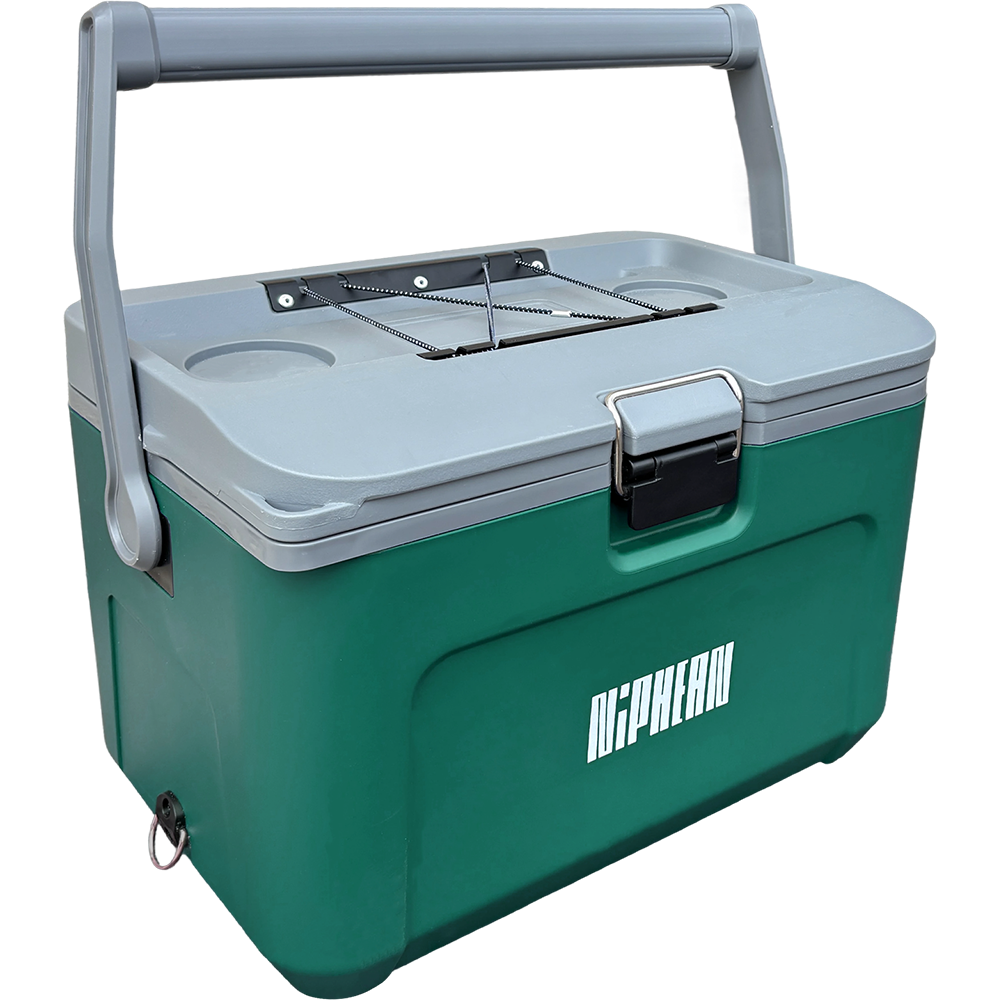- No products in the cart.
How to Attach a Seat to Your Paddle Board for a Kayak Experience
Jun 13, 2025
Transforming your stand-up paddle board (SUP) into a sit-down kayak is a smart way to enhance versatility and comfort-especially on longer paddles or fishing excursions. Whether you’re using an inflatable SUP or a hard board, attaching a kayak seat is a straightforward upgrade that opens up new paddling experiences.
Why Convert Your SUP to a Kayak?
- Comfort on Long Rides: Sitting reduces fatigue and strain on the legs and back during extended sessions.
- More Control in Wind or Currents: Lower center of gravity provides more stability.
- Fishing Advantage: Ideal for SUP anglers who need hands-free moments.
- Great for Beginners: Easier to balance and maneuver.
What You Need
- Detachable Kayak Seat: Typically padded, with back support and adjustable straps.
- D-Rings on Your SUP: Most inflatable paddle boards come with 4–6 D-rings for accessory mounting.
- Clip-on Carabiners or Straps: For securing the seat to your board.
✅ Pro Tip: If your SUP doesn’t have D-rings, you can use adhesive mount kits designed for inflatable boards.
Step-by-Step Guide: How to Attach a Kayak Seat
-
Lay Out Your Gear
Make sure your paddle board is inflated (for iSUPs) and placed on a clean surface. -
Locate the D-Rings
Identify the D-rings—usually two near the front and two near the back of the deck pad. -
Attach the Rear Straps
Hook or clip the back straps of the kayak seat to the rear D-rings. Adjust to create upright tension. -
Attach the Front Straps
Secure the front straps to the front D-rings. Pull them tight so the seat is firm but not over-tensioned. -
Test the Fit
Sit on the board and check the back support and legroom. Adjust as needed before heading into the water.
Material Considerations
When choosing a seat-compatible paddle board, material matters:
| Material Type | Pros | Considerations |
|---|---|---|
| Inflatable PVC (Drop-Stitch Core) | Lightweight, easy to transport, often pre-equipped with D-rings | May flex slightly under load |
| EPS Foam Core with Fiberglass Layer (Hard Boards) | More rigid and efficient on water | May need aftermarket D-ring installation |
| Dual-Layer PVC with Carbon Rails | High durability, suitable for seated positions | Pricier but ideal for kayak conversion |
🧩 Look for boards with reinforced rails or “Glue Shield Technology” for added support when seated.
Final Thoughts
Converting your paddle board into a kayak isn’t just a fun hack—it’s a smart way to extend the value of your SUP. With the right seat and setup, you get a hybrid watercraft perfect for touring, fishing, or relaxing. As inflatable and hybrid paddle boards become more popular in 2025, expect to see more SUPs engineered specifically for kayak-style add-ons.
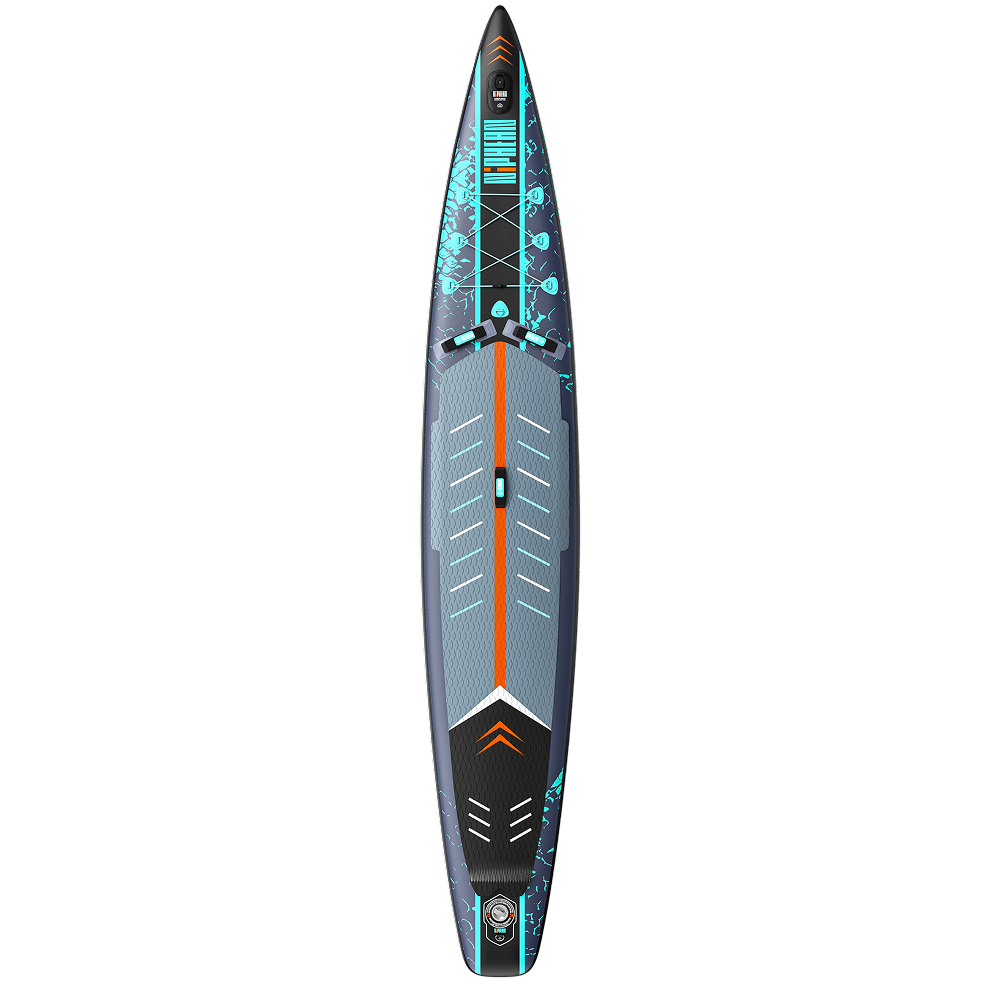
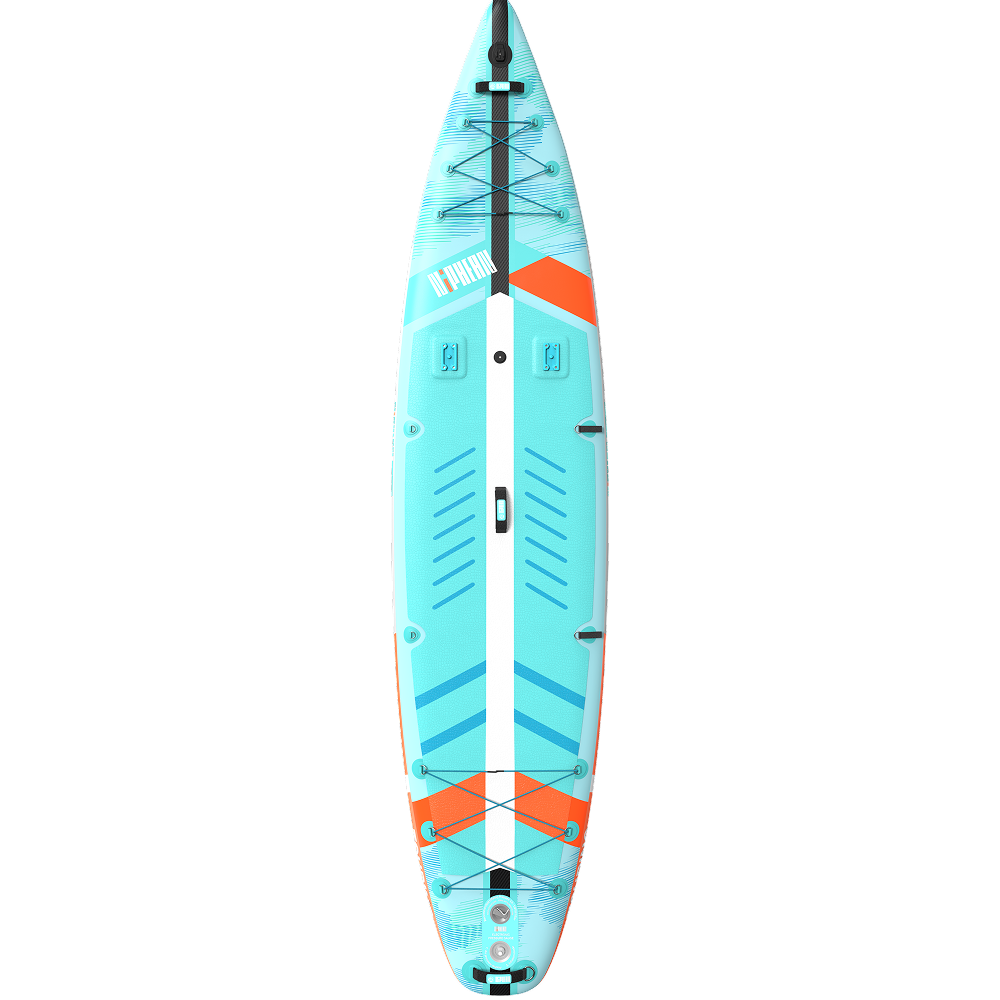
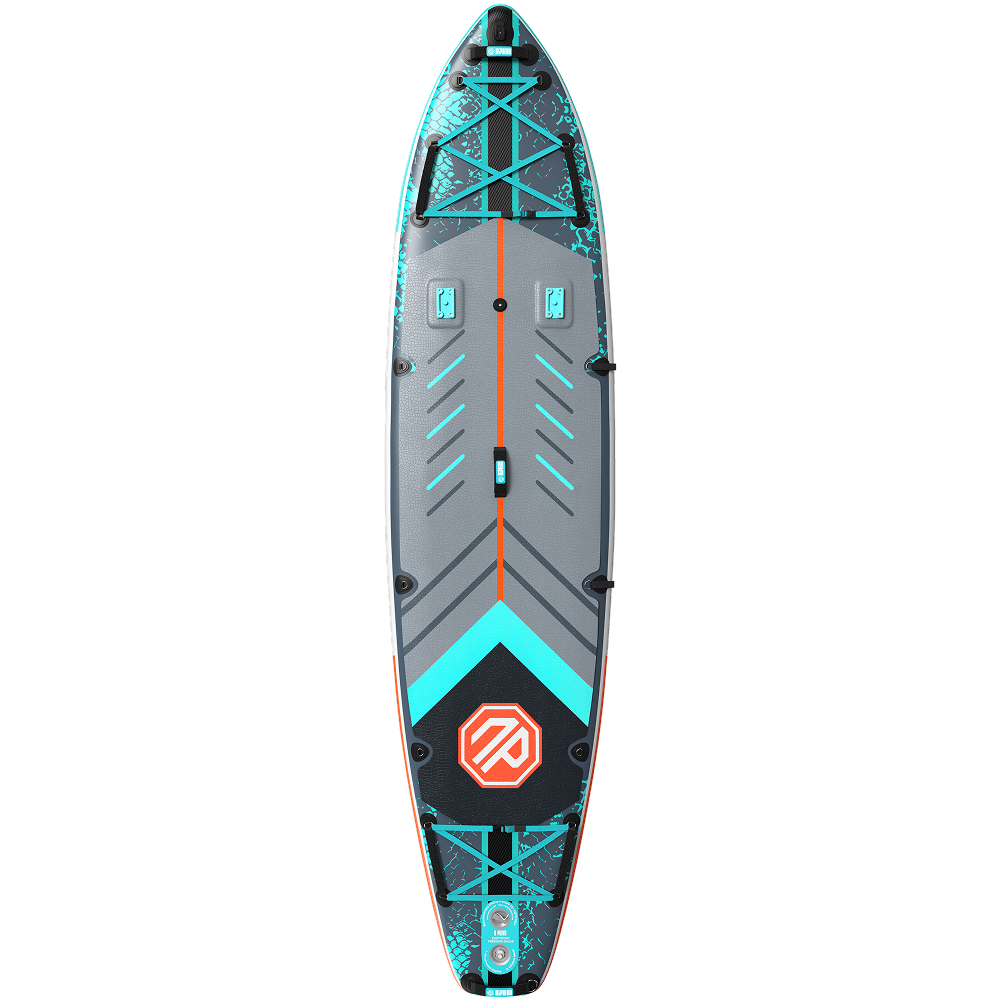
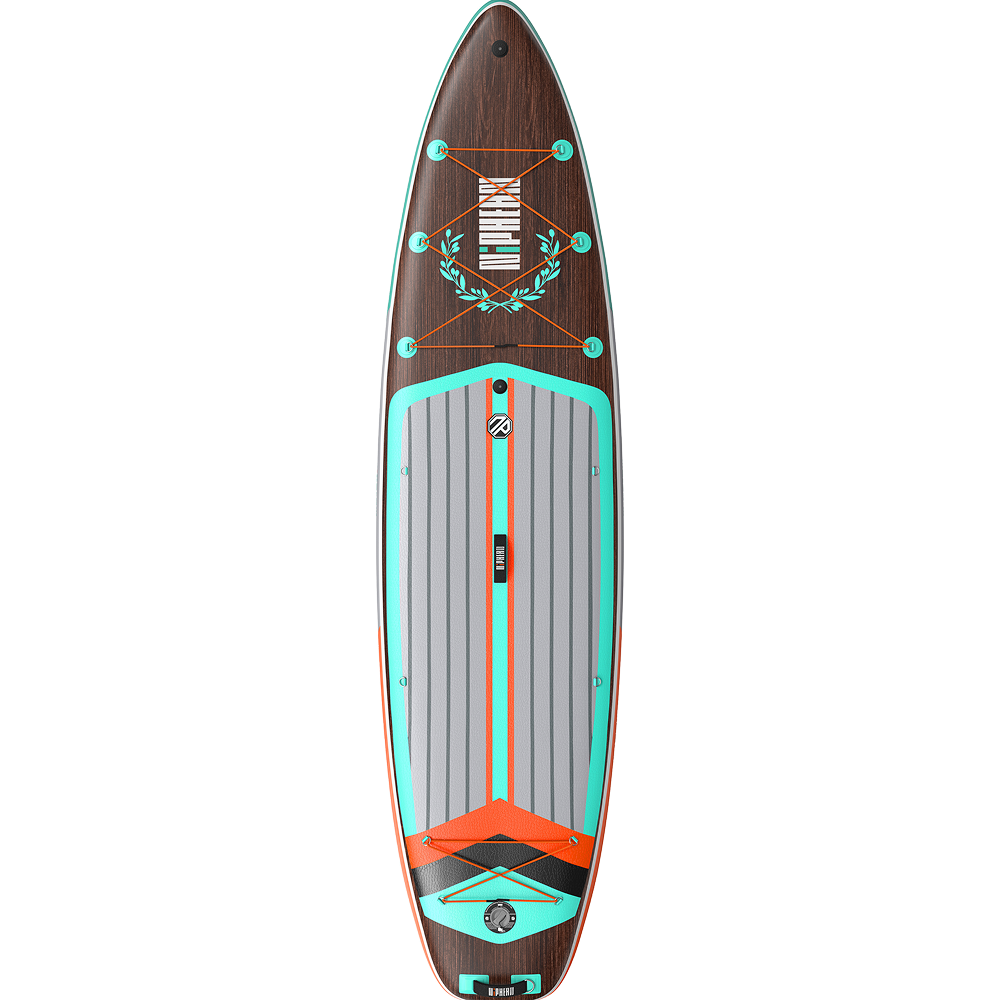
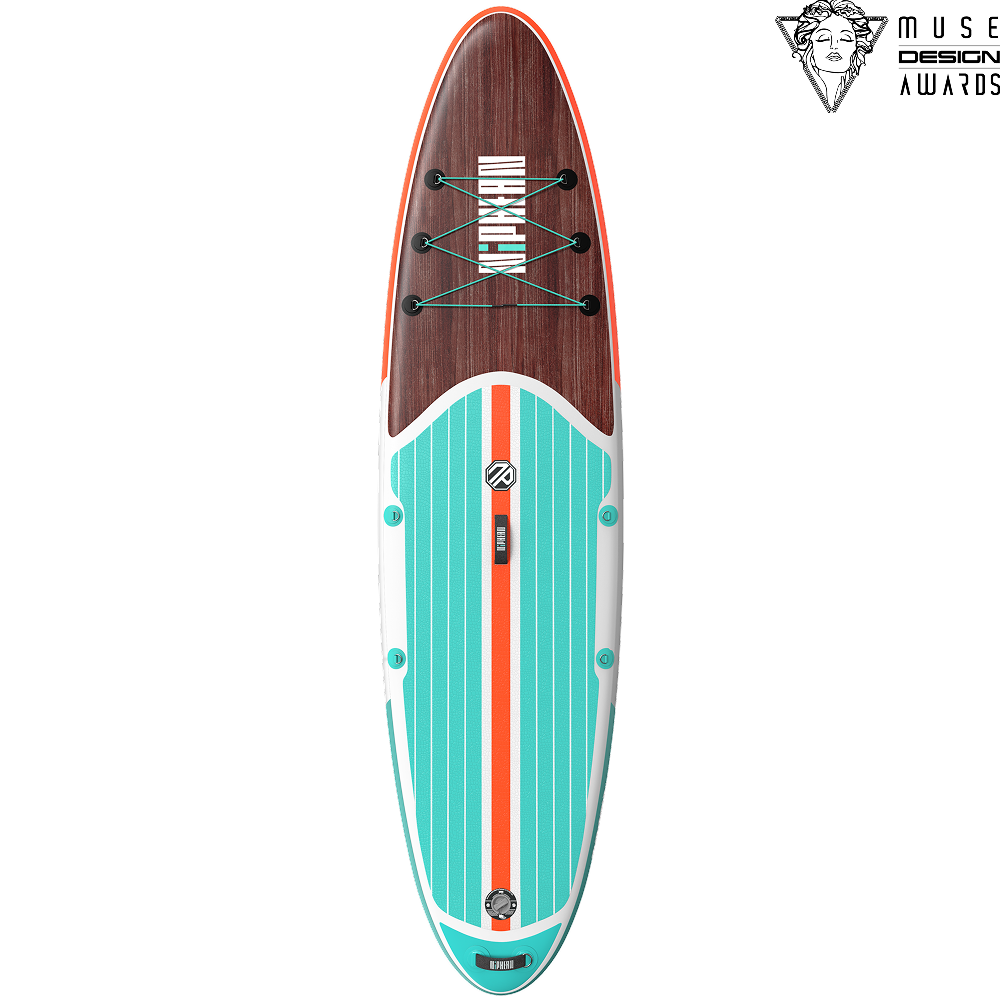
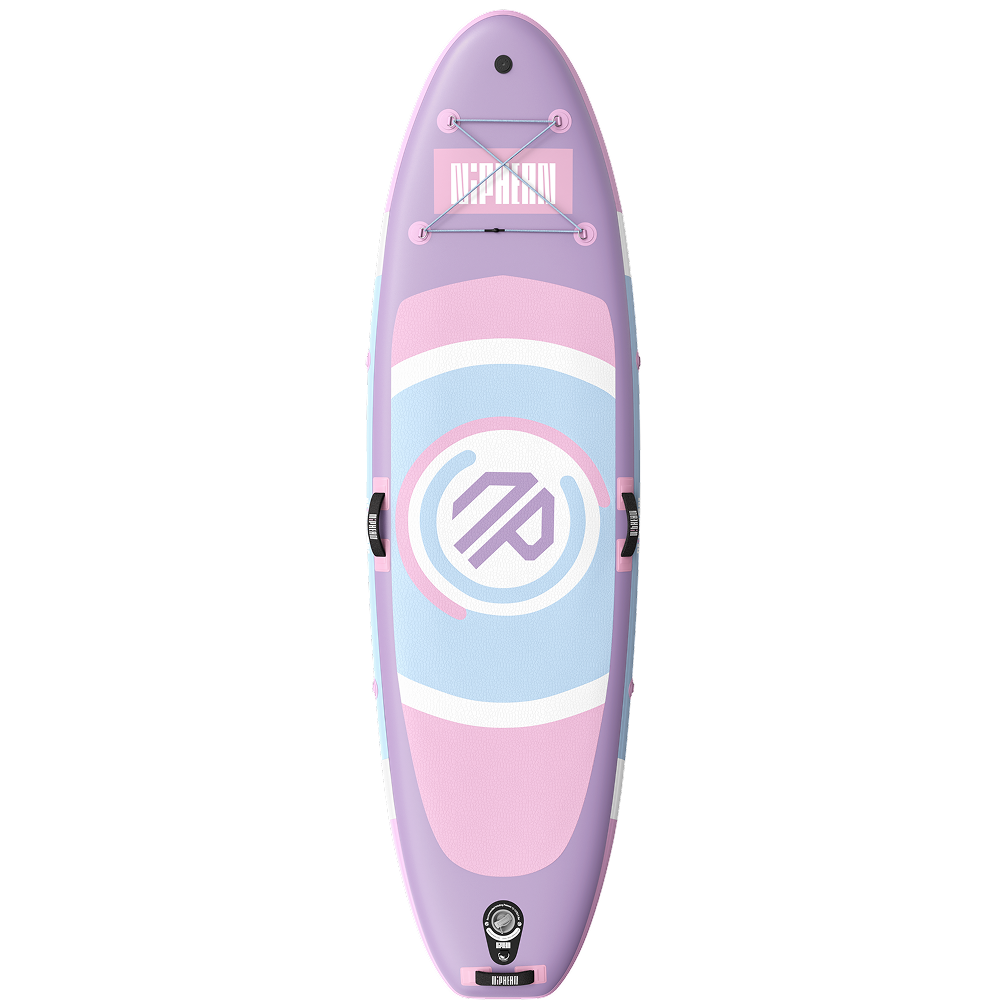






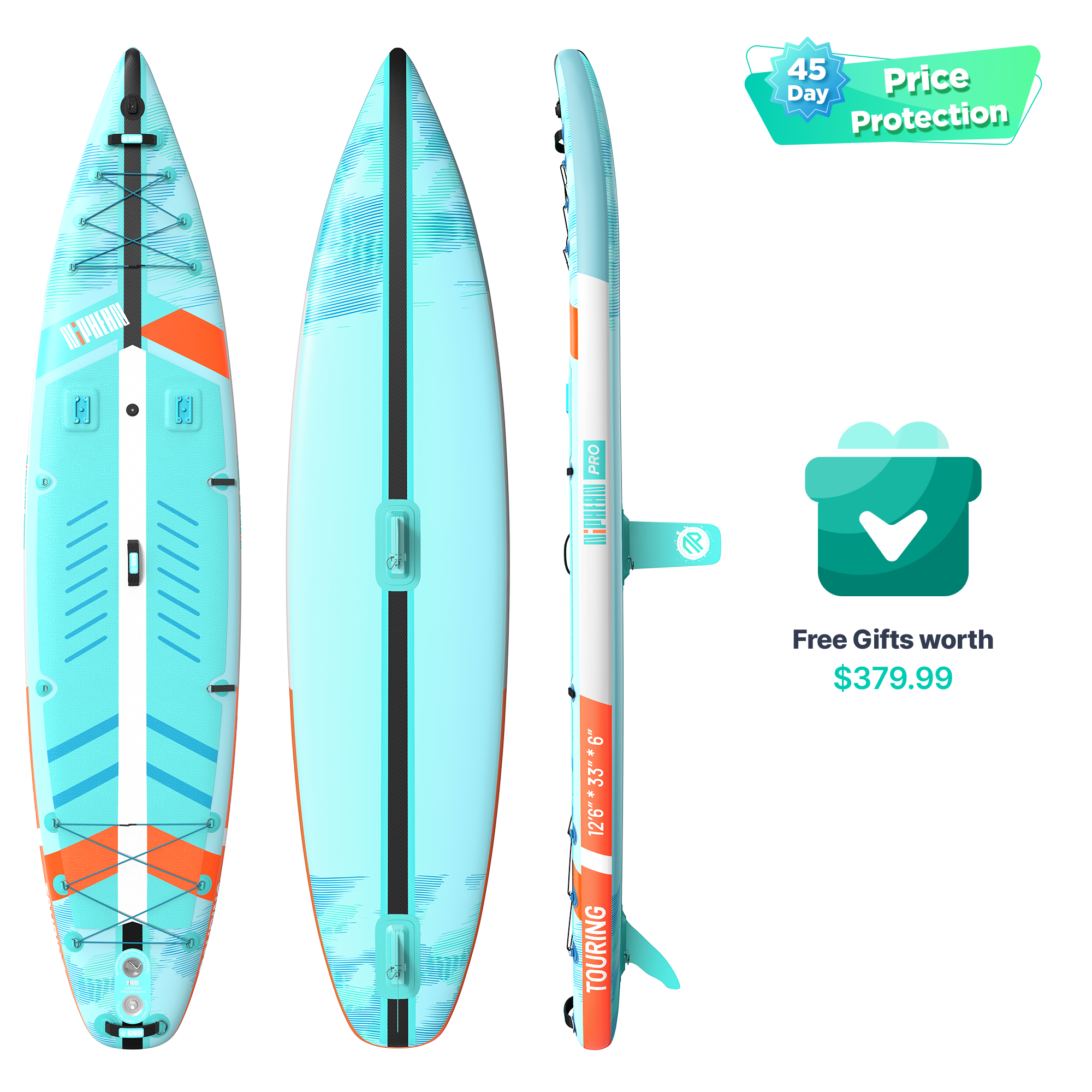

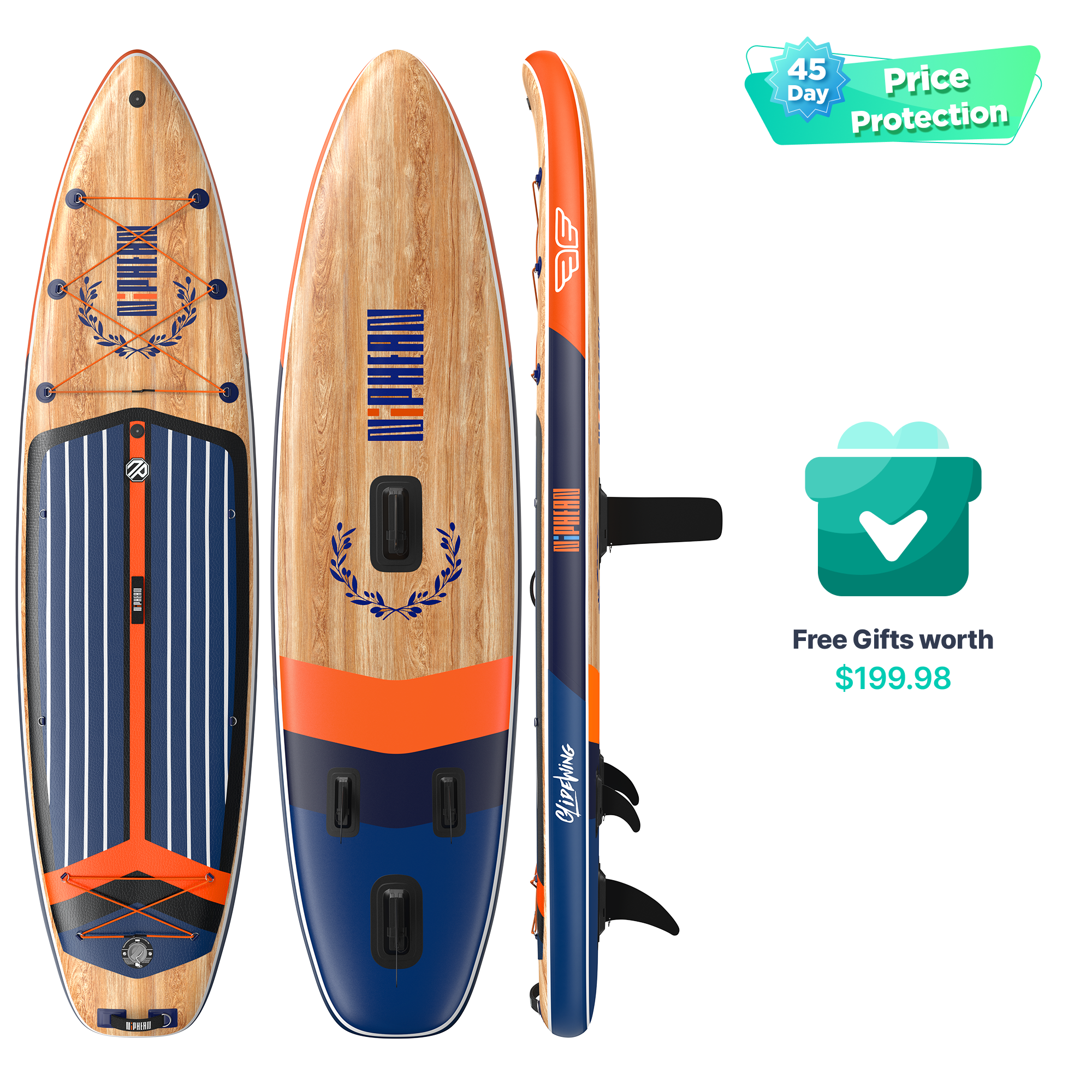
 Youtube
Youtube Facebook
Facebook Instagram
Instagram TikTok
TikTok